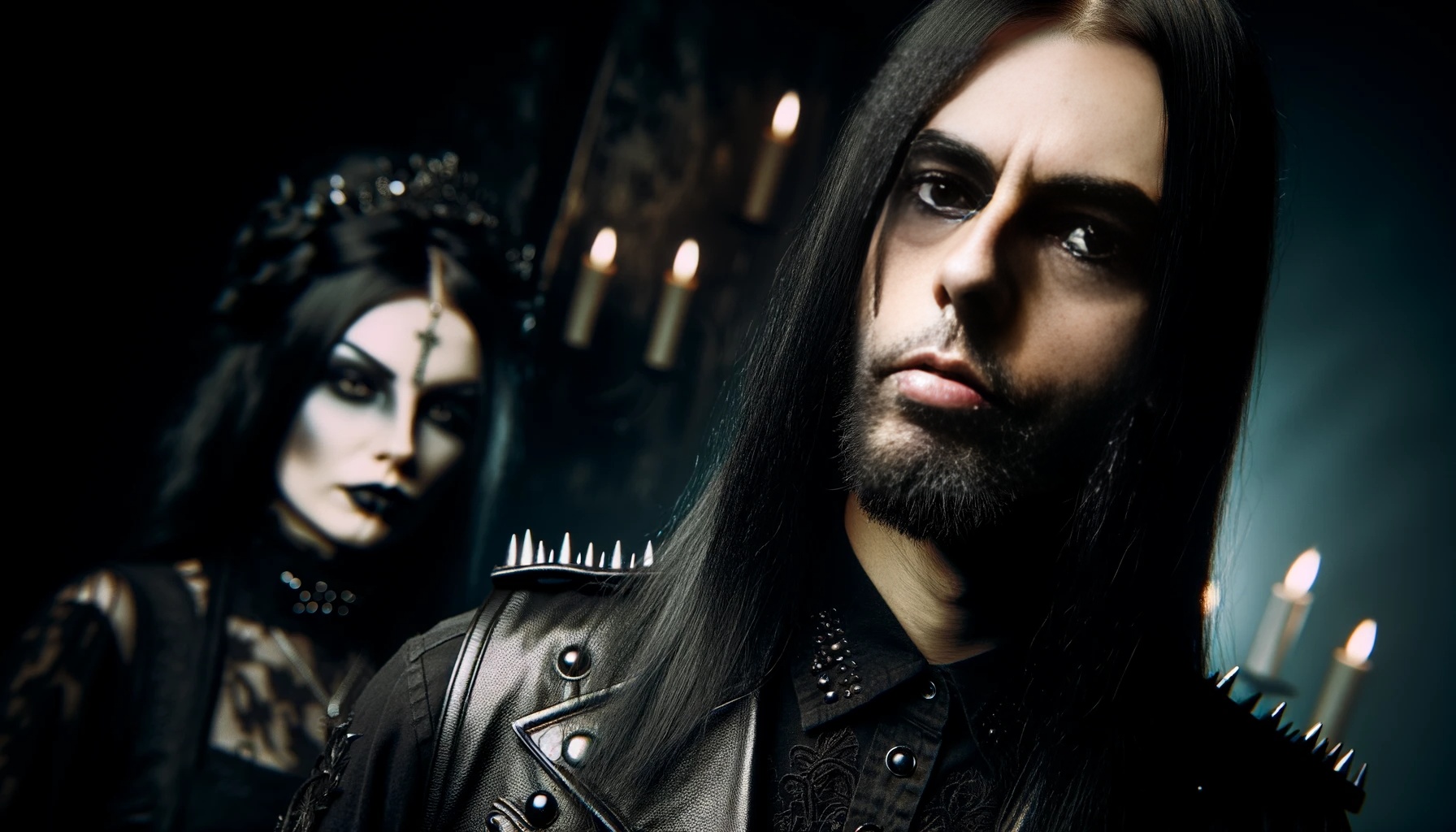Fashion has always been a powerful form of self-expression, reflecting the cultural, social, and artistic movements of its time. Among the various fashion subcultures that have emerged throughout history, Metal and Gothic Fashion stand out as two distinct and influential styles that have evolved significantly over the years. What began as niche subcultures associated with particular music genres has grown into a mainstream phenomenon with a global impact on the fashion industry.

Origins of Metal and Gothic Fashion:
The roots of Metal and Gothic Fashion can be traced back to the 1960s and 1970s, where they emerged as part of the countercultural movements that sought to challenge the norms and conventions of society. Metal Fashion found its beginnings alongside the rise of heavy metal music, with iconic bands like Black Sabbath and Led Zeppelin inspiring fans to adopt a rebellious and edgy style. On the other hand, Gothic Fashion was heavily influenced by the gothic rock and post-punk music scenes, drawing inspiration from the macabre, romantic, and Victorian aesthetics.
The 1980s: Pioneering the Subcultures:
The 1980s witnessed the consolidation of both Metal and Gothic Fashion as distinct subcultures. Metal Fashion evolved into various sub-genres, such as thrash metal, glam metal, and power metal, each with its unique style elements. Leather jackets, studded accessories, band t-shirts, and ripped denim became iconic staples of Metal Fashion. Gothic Fashion, on the other hand, embraced dark, elegant, and sometimes androgynous looks. Long velvet coats, lace blouses, corsets, and platform boots became synonymous with the gothic aesthetic.
The 1990s: A Diverse Expression:
As the 1990s dawned, both Metal and Gothic Fashion experienced further diversification and a broader fanbase. Grunge music and the rise of alternative subcultures brought a more casual and laid-back approach to Metal Fashion. Flannel shirts, ripped jeans, and combat boots became associated with the grunge style, attracting a whole new audience. Gothic Fashion, too, expanded its boundaries, embracing influences from various artistic and literary sources, including Victorian literature, horror films, and medieval architecture. This era also saw the emergence of cybergoth fashion, characterized by futuristic and neon elements.
The 2000s: Fusion and Fusion:
The turn of the millennium saw the fusion of Metal and Gothic Fashion with other subcultures and mainstream trends. Emo, a sub-genre of alternative rock, gained popularity, combining elements of gothic and punk fashion. Skinny jeans, band merch, and emotional aesthetics became synonymous with emo style. Metalcore, a fusion of heavy metal and hardcore punk, also emerged, influencing a new wave of Metal Fashion that combined edgy looks with a more emotional and introspective approach.
Mainstream Acceptance:
The 2000s and early 2010s marked a significant shift in the perception of Metal and Gothic Fashion. No longer confined to underground subcultures, elements of these styles started permeating mainstream fashion and pop culture. Celebrities, fashion designers, and influencers began incorporating gothic and metal-inspired looks into their wardrobes and runway collections, further solidifying the influence of these subcultures on the fashion industry.
Impact on Pop Culture:
Metal and Gothic Fashion’s transition into the mainstream was not limited to clothing alone; it also left an indelible mark on pop culture. Movies, television shows, and music videos started featuring characters and artists donning gothic and metal-inspired attire, bringing these styles to a wider audience. Additionally, video games and anime embraced elements of Metal and Gothic Fashion, further contributing to their global reach.
The Modern Renaissance:
In recent years, there has been a renaissance of both Metal and Gothic Fashion. As the fashion world becomes more diverse and inclusive, alternative styles have found renewed popularity and acceptance. Social media platforms and online communities have played a crucial role in connecting enthusiasts worldwide, allowing them to share their unique styles and creativity.
Sustainability and Ethical Considerations:
With the growing awareness of sustainability and ethical practices in the fashion industry, Metal and Gothic Fashion enthusiasts have also begun to embrace eco-friendly and ethical alternatives. Vintage clothing, upcycling, and supporting independent designers have become more prevalent in these subcultures, aligning with the broader global movement towards responsible fashion consumption.
The Evolution of Metal and Gothic Fashion has been a journey of self-expression, artistic exploration, and defiance against societal norms. From humble subcultures born in the shadows to influential trends celebrated on global runways, these styles have proven their enduring appeal. The amalgamation of historical, cultural, and musical influences has shaped Metal and Gothic Fashion into powerful symbols of individuality and creativity. As these styles continue to evolve and adapt, one thing remains clear: they have left an indelible mark on the fashion world and will undoubtedly continue to inspire generations to come. That’s all about The Evolution of Metal and Gothic Fashion.
Go follow me on social media or head to my section to read something else.
Follow me on social media


